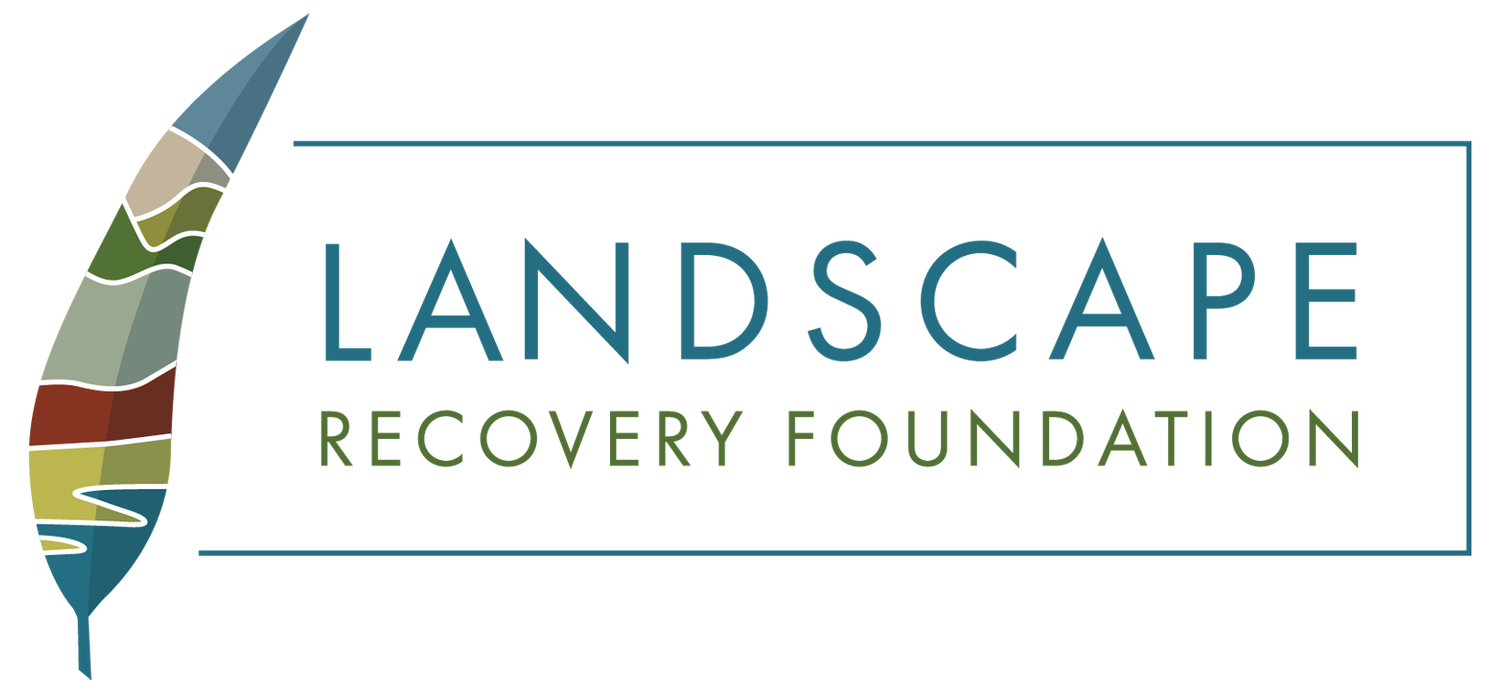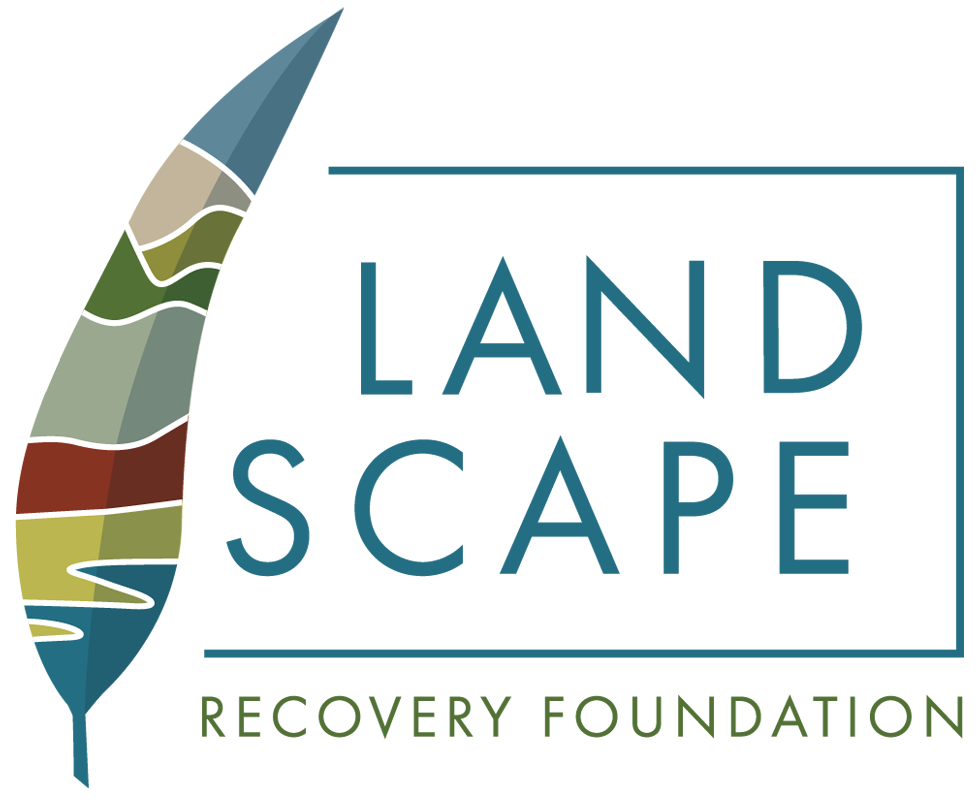Developing sugar/Krefft’s glider control methods to support swift parrot nest success in Tasmania.
May 2023
Background
Kelcey Tier is a large forest area to the south of Devonport (Figure 1, and Figure 1 main report). A significant portion of the area (approximately 185 ha) is owned and managed by the Devonport City Council as the Kelcey Tier Reserve. The reserve is surrounded by intact native vegetation on private land. Kelcey Tier is an historical breeding site for swift parrots (Lathamus discolor) in Tasmania, however successful nesting has not been formally recorded in this area (M. Webb, personal communication). Natural tree hollows are limited in this isolated forest site, and sugar glider/Krefft’s glider (Petaurus breviceps/P. notatus) are recorded in the area. Nest failure at Kelcey Tier likely results from the interaction of several factors, including predation by gliders (Stojanovic et al. 2014), natural annual variation in the availability of nearby foraging sites, local competition for limited natural nest hollows and nest disturbance, and other predators of swift parrot nests (Webb et al. 2012, M. Webb, personal observations).
Project aim
To support swift parrot breeding success in an isolated site within the known species breeding range, this pilot project aimed to assess the usefulness of management interventions aimed at mitigating two key threats to swift parrot nest success: 1) limited availability of nest hollows and 2) presence of predators including sugar/Krefft’s gliders.
Project methods
This project has been underway in Kelcey Tier, northwest Tasmania since April 2021, funded by a small grant from the Communities Environmental Grant in 2020. This study was conducted under permit 2101093.
The project was managed by Devonport City Council (Phil Hrstich). Biodiversity Maintenance Australia (Matt Webb, David James, Phillip Bell) provided project design and advice, ecological services, tree climbing, nest box installation and maintenance; and Leanne Wicker provided veterinary and animal welfare support. Nest boxes were constructed by the Devonport Men’s Shed.
Project activities included:
Nest boxes established: Over 100 swift parrot nest boxes were placed in suitable trees, approximately 10m off the ground, to provide additional nest sites to support swift parrot breeding in Kelcey Tier (see Figure 1).
Figure 1: Swift parrot nest box locations at Kelcey Tier
Nest box occupancy: Occupancy was monitored periodically using a combination of camera traps, nest cameras on a 10m telescopic pole, and thermal cameras (HikMicro Gryphon LRF Monocular GQ50L), and species was confirmed by a quick visual check into the nest box by an experienced tree climber (Figure 2).
Glider euthanasia: Once species occupancy in a nest box was confirmed, euthanasia of sugar/Krefft’s gliders was achieved by delivery of an inhalational euthanasia agent delivered directly into the nest box (100% medical grade CO2 delivered into the nest box at a displacement rate of ~60% of the chamber volume per minute, for 3.5 minutes). Since non-furred marsupial young are resistant to inhalational euthanasia, pouches were checked as soon as possible, and non-furred pouch young were euthanased via decapitation using a sharp, sterile scalpel blade. This approach was based on a published field euthanasia technique for small Australian mammals (Ellis and Rhind, 2019), and follows the current recommendations of the American Veterinary Medical Association (Underwood and Anthony, 2020) and the Australian Centre for Invasive Species (www.pestsmart.com.au; Sharp, 2016). It was also selected for this project because it results in rapid loss of consciousness and death in an environment which is least aversive and distressing for gliders, since animals are left in situ during euthanasia, removing the requirement for direct human contact, capture and restraint, separation of individuals from colony mates, transportation, and exposure to a novel environment - all of which cause a significant physiological stress response in social marsupials (Hing et al 2014), and introduce the risk of escape prior to euthanasia.
Necropsy examination and investigation: Following euthanasia, the following necropsy
examination and samples were collected (analysis pending):
- Full necropsy examination with samples collected for histopathology to obtain a thorough, population-level understanding of health over the reproductive season of sugar/Krefft’s gliders at Kelcey Tier.
- Left pinna (external ear) for genetic analysis – individual and population-level genetics to describe the population structure, relatedness, and taxonomy of sugar/Krefft’s gliders at Kelcey Tier.
- Removal of the gastrointestinal tract to develop a detailed understanding of the composition of food items consumed by sugar/Krefft’s gliders (at different life stages and seasons) via gross and histopathological description of the gastrointestinal tract, microscopic examination of ingesta and using advanced molecular techniques (DNA metabarcoding) (Figure 3).
- Morphometric data collected for comparison with taxonomically related gliders within the natural geographic range of sugar/Krefft’s gliders on mainland Australia.
Sugar/Krefft’s glider calls: Calls were collected on acoustic recorders (refer to Appendix A) to add to an existing reference library of glider vocalisations to further develop our acoustic recognisers. The results will assist monitoring for the presence/absence of sugar gliders following population control at isolated swift parrot breeding sites in Tasmania.
Figure 2: Using handheld thermal cameras to detect nest box occupancy.
Swift parrot occurrence, nesting and flowering of food trees: As part of the annual swift parrot monitoring program (main report), swift parrot presence-absence and nesting, and flowering of Eucalyptus ovata and E. globulus was recorded in the surrounding area.
Preliminary findings
Methods development:
Confirmation of residency of sugar gliders in swift parrot nest boxes (Figure 2): While a nest box inspection pole mounted camera was initially used for nest box monitoring, this was found to be significantly less accurate in detecting sugar glider residency in nest boxes and posed human health and safety concerns (lifting of a heavy, 10m long pole above the shoulders to facilitate nest inspection). Nest box inspection from the ground using handheld thermal camera was successful in detecting even a single sugar glider inside a swift parrot nest box. Future work will include validation of the use of thermal cameras, including sensitivity on days when ambient temperature is high (e.g., higher than normal sugar glider body temperature) and when nest boxes are inhabited by a single animal.
Further development of previously used swift parrot nest boxes to reduce sugar glider escape: While this project utilised the same ‘nest box’ dimensions as historically used by the Orange-bellied Parrot program, and ANU for swift parrot research (Stojanovic et al. 2019), improvements were made in the nest box door mechanism to improve the ability for project team members to reliably close off the nest box entrance as soon as occupancy had been confirmed from ground use of thermal imaging. This prevented sugar glider escape during tree climbing, keeping the entire colony safely within the nest box prior to species confirmation and for sugar/Krefft’s gliders their subsequent euthanasia.
Humane field euthanasia of sugar gliders: Leaving sugar gliders in situ (removing any need for handling, restraint, and social isolation during anaesthesia), and achieving death via the introduction of 100% CO2 directly into occupied nest boxes at a rate of ~60% of the chamber volume per minute was found to induce loss of consciousness in sugar gliders reliably and rapidly. While aversive behavioural responses to inhalational of CO2 (including attempts to escape, vocalising and paddling) have been reported for other small mammals in the literature, we found no evidence of these responses during the study period. Necropsy examination found no gross pathology suggestive of cardiovascular stress such as haemorrhage and oedema surrounding blood vessels in the lungs, trachea, or nasal passages (histopathology pending).
Figure 3: Clockwise from top left: Adult female glider with two pouch young of significantly different body size and weight; the gastrointestinal tract of an adult male glider; a tick on the internal pinna of an adult glider (white arrow); the abdominal organs of an adult glider, yellow arrow points to the unhealthy spleen.
Sugar/Krefft’s glider occupancy:
Between June 2022 to March 2023, 114 individual sugar/Krefft’s gliders (including adults, subadults, pouch young and dependent young) were found occupying nest boxes at Kelcey Tier and were all euthanised.
Initially, nest box occupancy by gliders was high across the study site. However, as the project progressed, with regular euthanasia of all gliders detected during field observations of nest box occupancy, the total nest box occupancy of sugar gliders markedly reduced . During October and November 2022, a number of field days resulted in zero nest boxes found to be occupied. Over time some boxes were reoccupied, likely due to immigration back into the area, or movement of gliders from natural tree hollows into unoccupied nest boxes. Future research is required to better understand population dynamics, and the movement of sugar/Krefft’s gliders within, and into, areas where glider suppression is undertaken.
Sugar/Krefft’s glider reproduction and health parameters:
Gross necropsy examination provided a unique opportunity to investigate the health status of collected gliders. Several gross abnormalities were seen (Figure 3), including several animals with discolouration and gross abnormalities in the spleen, one female with two unfurred pouch young of considerably different body size, and several animals in poor body condition with irritation and inflammation of the skin which appeared to be related to the presence of ectoparasites. The clinical significance of these findings is being investigated. Ticks and mites were collected for identification.
Morphometrics and pouch examination provided unique information on morphology, reproductive status, mammary development, appearance of pouch young, and length of lactation in Tasmanian sugar gliders. Further analysis and results will be reported later.
Swift parrot presence:
During the 2022-23 swift parrot breeding season E. ovata flowering occurred very early at Kelcey Tier. Several swift parrots were seen foraging during this time. Nest investigation and nesting behaviour were also seen, including in nest boxes which had previously housed sugar gliders.
While there have been no successful nests this year, this may be due to early flowering at the site, as swift parrots were observed in more productive feeding sites as the season progressed.
References
Hing, S., Narayan, E., Thompson, R.A. and Godfrey, S., 2014. A review of factors influencing the stress response in Australian marsupials. Conservation Physiology, 2(1), cou027.
Ellis, M.V. and Rhind, S.G., 2019. A compact and cheap system for field euthanasia of small mammals: the need, design, and trial. Australian Zoologist, 40(1), pp.158-169.
Sharp, Trudy, 2016. General methods of euthanasia under field conditions. Standard Operating Procedure. PestSmart website. https://pestsmart.org.au/pest-animals/general-methods-ofeuthanasia-in-field-conditions/; Accessed 1st March 2022.
Stojanovic, D., Cook, H.C.L., Sato, C., Alves, F., Harris, G., McKernan, A., Rayner, L., Webb, M.H., Sutherland, W.J. and Heinsohn, R. (2019), Pre-emptive action as a measure for conserving nomadic species. Jour. Wild. Mgmt., 83: 64-71. https://doi.org/10.1002/jwmg.21575Underwood, W. and Anthony, R., 2020. AVMA guidelines for the euthanasia of animals: 2020 edition. Retrieved on March, 2013(30), pp.2020-1.
Webb MH, Holdsworth, MC, Webb J. 2012. Nesting requirements of the endangered Swift Parrot (Lathamus discolor). Emu 112:181-188.




